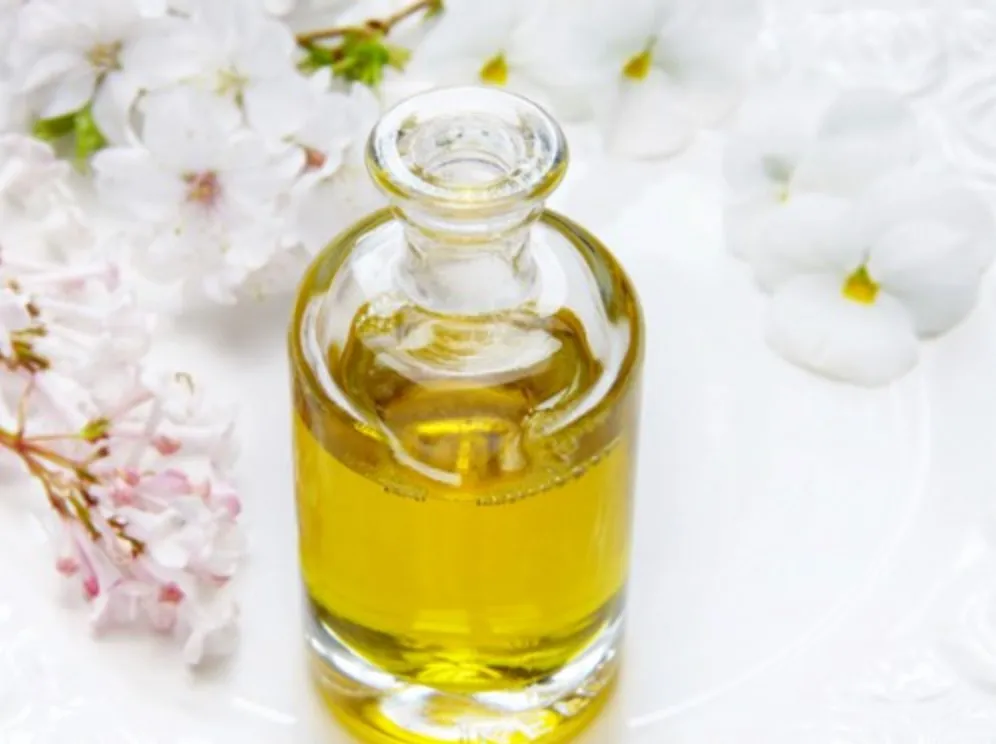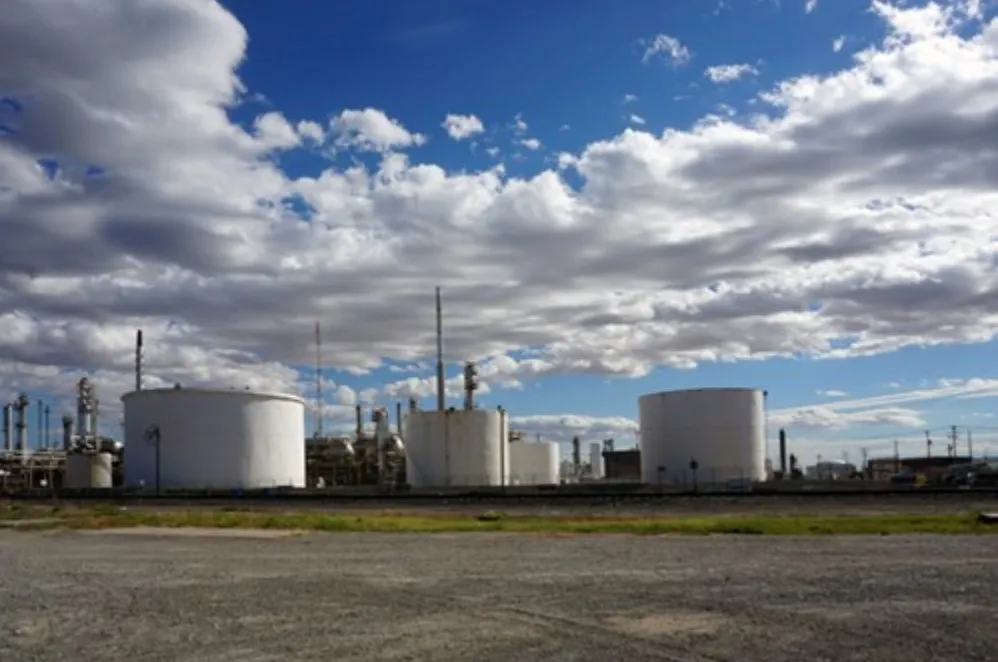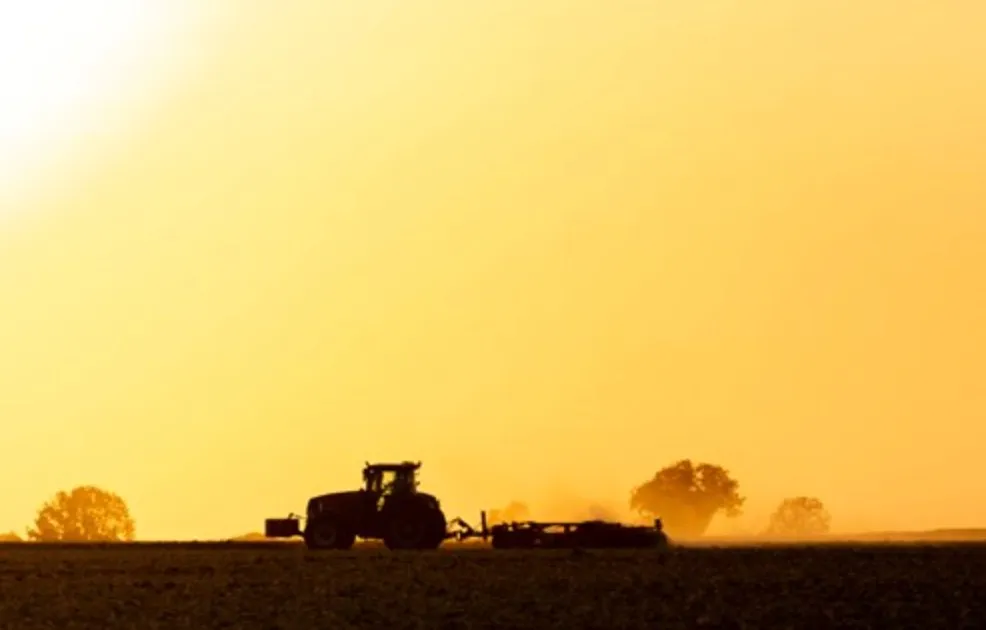Weeds promise to be ‘carbon-negative’ aviation fuel?

Could a grass once used by ancient Europeans to make oil pave the way for carbon-negative aviation fuel while helping to restore land lost to overuse and climate change? Theresa Puttarova investigates
Camelina is a humble plant. Once popular among ancient Europeans as a source of oil for cooking and oil lamps, it has fallen out of favor in modern times and has become a neglected and sometimes even annoying weed
However, this mustard-like plant may be on the verge of a renaissance. Due to its high oil content and ability to grow on the poorest soils, tolerate drought and low temperatures and still produce yields, researchers are eyeing its potential as a fossil-fuel alternative to aviation fuel
A win-win situation
A win-win situation

“We believe that the energy sector can invest in restoring soils and, through sustainable rotations between food, feed and energy crops, maintain or even implement food production that would otherwise not be economically viable. ” said David Chiaramonti, Professor of Energy, Environment and Energy Economics Systems at the Polytechnic of Turin.(LinkedIn)
“We think the energy sector can provide some help in food and feed production”David Chiaramonti, professor of energy and environmental systems and energy economics at Politecnico di Torino in Italy and leader of the EU-funded BIO4A project, told Aerospace Magazine.“They can pay to restore soils and, through sustainable rotations between food, feed and energy crops, maintain or even increase food production that would otherwise not be economically viable.”
Sustainable aviation fuels (SAFs) made from biomass and food waste are expected to play a leading role in the aviation industry's goal of becoming carbon neutral by 2050.
“Until we have breakthrough solutions like electric aircraft or hydrogen in aviation, which may take some time, our only option is to replace conventional aviation fuels with renewable SAFs,”Chiaramonti say.“They can be recycled carbon fuels that can be used multiple times from waste, or fuels of non-biological origin.”
Not enough cooking oil
Shortage of cooking oil

Once a popular source for cooking and lighting, camelina oil has been neglected in modern times.(Pixabay)
However, the global amount of used cooking oil and waste animal fats is far from enough to meet the demand for aviation fuel. It is estimated that this resource can only cover about 2% of aviation fuel demand at best.
“The biggest problem with sustainable aviation fuels right now is finding sustainable sources of lipids,”Chiaramonti confirmed. Oil crops, such as rapeseed or sunflower seeds for biodiesel production, can help, but there is a catch. When farmers prefer to grow energy crops rather than food plants, food prices rise sharply.
BIO4A
BIO4A

BIO4A researchers have conducted studies on several degraded plots of land in Spain and Italy to demonstrate how camelina can rejuvenate the land.(Pixabay)
The idea of HEFA jet fuel made from camelina is not new. In 2011, the U.S. Air Force conducted an experimental flight at Edwards Air Force Base in California using an F-22 Raptor fighter jet powered by a 50:50 mix of military-grade kerosene and camelina biofuel. Dutch airline KLM has also been experimenting with camelina-based jet fuel since the early 2010s. However, despite the plant’s low requirements and ease of use, growing camelina for jet fuel production has not yet been adopted on a large scale.
Wonder weed?
Miracle weed?

“Camelina doesn’t require much water or fertilizer, and isn’t very demanding on soil nutrients,” said sustainability researcher and former Montana State University assistant professorEleazer P Resurreccion(Linkedin)
ResurreccionInterest in camelina was sparked by the plant's ubiquity in Montana,“Here it grows like a weed and no one harvests it.”
“This is a perfect opportunity, but no one is taking action on it. It's out there,”Resurreccion say,“There is no industrial pipeline to encourage farmers to grow and harvest camelina and sell it to produce HEFA jet fuel.”
Published in 2021《Industrial crops and products》In a journal article,ResurreccionHe calculated that growing camelina instead of wheat in the United States could easily produce 1.68 billion gallons of advanced biofuels per year without jeopardizing food production or raising food prices. That's about 7% of the country's annual jet fuel demand,“In the U.S., we have enough land to rotate camelina with other crops without affecting food prices.”
Although he admitted“Camelina is just part of the mix,”Resurreccion explain,“If we add all available biomass feedstocks, including algae and other crops like corn and sugar cane, we could replace up to 50% of the fossil fuels currently used.”
Resurreccion added,Camelina is particularly interesting as a source of jet fuel because its oil, while edible, is not commonly consumed. Therefore, encouraging farmers to sell camelina to jet fuel manufacturers would not affect food prices as much as competition from sunflower or rapeseed oil would. Farmers could grow wheat and other food crops most of the year and then switch to camelina for three months to give the soil a rest.
Camelina can be grown as a profitable crop during the fallow period in traditional agriculture, which is particularly important in Europe, where soils have been depleted in many places due to overuse of cheap fertilizers since the 1970s.Chiaramonti said,It is even more important to find ways to rejuvenate degraded soils so they can produce food again.“Soil is where we really need to act.”
Carbon-negative
负碳排放

Production of HEFA jet fuel from camelina could be carried out in converted refineries.(Pixabay)
They then planted camelina in the amended soil. Once mature, the seeds were harvested for oil extraction, while the remaining biomass was composted and pyrolyzed into biochar, which was returned to the soil to further improve its quality. This is an important step, Chiaramonti said, because it paves the way for aviation fuels that are not only carbon neutral but also have negative carbon emissions.
“In addition to adding nutrients to the soil, biochar can also lock carbon into the soil for a long time.”Chiaramonti said,“This is similar to the process by which nature absorbs carbon dioxide from the atmosphere and converts it into biomass. It is a win-win solution because soil quality is improved while the soil is storing carbon.”
Chiaramonti added,The biomass waste produced by camelina contains more carbon than the seeds used to make jet fuel Permanently locking this carbon into the soil via biochar means the resulting jet fuel can have a carbon footprint up to 128% lower than petroleum-based kerosene.“This is a groundbreaking result,”Chiaramonti said.
Over time, biochar binds more water and nutrients into the soil, restoring it to a fertility level that can sustain the most demanding food crops. In the BIO4A experiment, researchers successfully rotated camelina and barley.Chiaramonti说:“This is the added value of our project. Instead of competing with food production, we are reversing it. Through interventions with biochar and compost, we are making previously unproductive land productive again, making it possible to grow food and feed as well as energy crops on this land.”
The researchers envision that oil companies could work with farmers to restore marginal lands by applying compost and biochar, and allowing for rotational use of land to grow camelina and food crops. In the Mediterranean region, an estimated 8.5 million hectares of marginal land are no longer suitable for food production, where camelina could be grown. The researchers estimate that globally, up to 130 million tonnes of sustainable aviation fuel (SAF) could be produced from camelina grown on degraded land.
Chiaramonti said:“Camelina has good yield and productivity under marginal conditions. Especially under dry conditions, it performs much better than other oil-rich crops, such as sunflower.”
Price gap
price difference

Camelina crops。(a)Flowering Plants;(b)Silique;(c)Opening the bottle;(d)seed。(Ghidoli, Ponzoni, Araniti, Miglio PiluGenetic improvement of camelina, opportunities and challenges)
According to Resurreccion, producing HEFA jet fuel from camelina is a tested process that can be carried out in converted refineries. The cost of this SAF will ultimately depend on the scale of production. However, even in the most optimized supply chain scenario, the price of this clean fuel will inevitably be higher than fossil fuel-based kerosene.
Resurreccion:“It’s hard to get to the cost level of fossil fuels for any type of biofuel. With fossil fuels, you just pull crude oil out of the ground, process it, and you’ve got a fossil-based fuel. But with camelina and any other crop, you have to go through a more complex refining process that requires more energy and water, which incurs a higher cost.”
Chiaramonti agrees on price gap“quite big”,And it is unlikely“Only through technology”To bridge the gap.
“Solutions will not come from just one measure,”He confirmed“This will be through improvements and reductions in raw material production and supply costs. It will be process optimization, and it will be market measures at the national level, such as incentives or regulated market mechanisms. Price competitiveness will be achieved through a range of measures, not a single panacea.”
Genetic modification
genetic modification

Could Camelina be the 'magic weed' the aviation industry needs to reach net zero targets?(Pixabay)
Existing camelina varieties have an oil content of about 30%, but according to Resurreccion, this can be further increased through genetic modification and breeding, thereby increasing cost efficiency.
However, the biggest responsibility lies with politicians, who need to create incentives for farmers and jet fuel producers to include camelina and soil revitalization as part of their strategies to combat climate change.
“Mediterranean climate warming 20% faster than global average,” Chiaramonti said,“Agriculture is the first industry to be affected by climate change. The soil either no longer absorbs flood water or is too dry to produce anything, but we don’t see much legislation to address this.”
Resurreccion agrees:“Farmers in most states don’t care about camelina – but if you explain to them that it has the potential to create another stream of income, they’ll do it. However, unless there’s a mandate from the government or some kind of broad incentive to grow camelina, there won’t be widespread adoption.”





